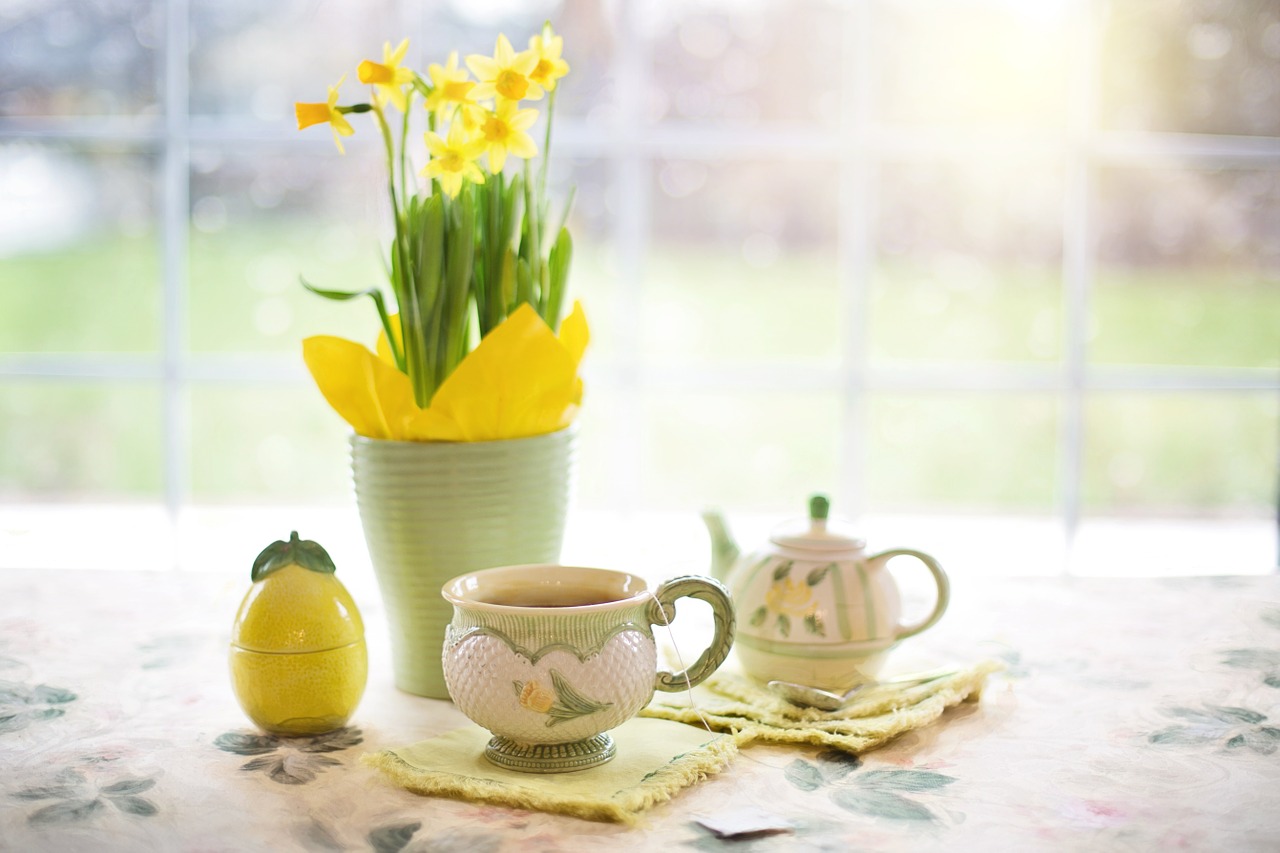We’ve talked about online shops where you can get dainty teacup sets and fine brews from local brands you can fill your cup with. But here’s another way to enjoy your tea at home: grow your own herbal blend.
Not only do you get a fresh brew every time, but you’re also bound to have more varieties, too. And who knows, it might even end up as your quarantine home business.
So, how do you get started?
First, consider your space and the amount of sunlight it gets. Like most plants, herbs used to make tea need adequate warmth and abundant sunlight. You can choose to plant them directly into the ground, cultivate them in pots, and even bring them indoors. A key factor in deciding this is your chosen herb’s usual habitat and growth pattern, as there are some species that grow quickly and could interfere with the growth of other plants.
Potted herbs must be exposed to sunlight for at least six to eight hours a day, though you should avoid harsh and direct exposure levels. It is also advisable to have drainage holes or stones at the base of pots.

What do you plant?
Known more in the gardening community via its scientific name Camellia sinensis, the tea plant is used to make green, oolong and black tea. It’s a must-have for those who drink tea for the caffeine kick. While it grows well in tropical and subtropical zones, spots with partial shade are the most ideal planting space for the tea plant. Do take note that it grows tall, so make sure to allow space for it to grow.
Here’s a fun fact: Tea not made from the leaves of the tea plant isn’t actually tea. They’re more accurately called “tisanes” or infusions made from other herbs. Unlike those made from Camellia sinensis, tisane brews are caffeine-free. Still, these herbal brews are widely enjoyed by the tea community. Here are some that you can grow at home.
Lemon verbena
If there’s any herbal tea plant that can brave our local tropical climate, it’s lemon verbena. This herb requires full sunlight to grow and can’t tolerate very cold temperatures—perfect since we don’t have winter in the tropics. The leaves of this fragrant perennial plant produce a zesty tea with a refreshing citrusy zing. If you often get stomach or menstrual cramps, this aromatic blend is for you.
Chamomile
For insomniacs, chamomile tea is a reliable friend. Easily recognized for its daisy-like flowers, this medicinal tea herb is traditionally used to help you sleep and calm down. It is also effective in soothing the stomach. Chamomile plants don’t need much water and fertilizer—in fact, using too much fertilizer may reduce its flowering ability and weaken its flavor. It’s also more advisable to grow it in containers first instead of directly planting its seed in the ground.
Mint
Any herb from the mint family is pretty easy to grow. It also has a multitude of varieties to choose from. For starters, there’s spearmint which also works well as a mojito ingredient and peppermint which helps relieve headaches and migraines. Mint roots spread quickly, so it’s best to keep it potted.
Lavender
Lavender is often used for aromatherapy, especially for people experiencing anxiety, depression and fatigue. When turned into tea, it induces calm, helps detoxify the body, and aids in digestion.
How do you harvest?
It is important to harvest your tea leaves or flowers at the peak of their flavor. For leafy varieties like mint and lemon verbena, collect them before the plant starts to flower as the leaves lose freshness and turn bitter once the plant blooms. Meanwhile, floral herbs like lavender and chamomile must be harvested as soon as they blossom.
Gardeners also advise harvesting in the morning, when the leaves and flowers are at the peak of their fragrance. As for trimming, the rule of thumb is to collect around five percent of a plant’s total volume each time.
Header image by Marina Pershina from Pixabay
Get more stories like this by subscribing to our weekly newsletter here.
Read more:
How to build an urban garden using common household materials
Get a mini garden growing with these do-it-yourself plant kits
These “people” plant pots will make you and your garden feel a bit less lonely